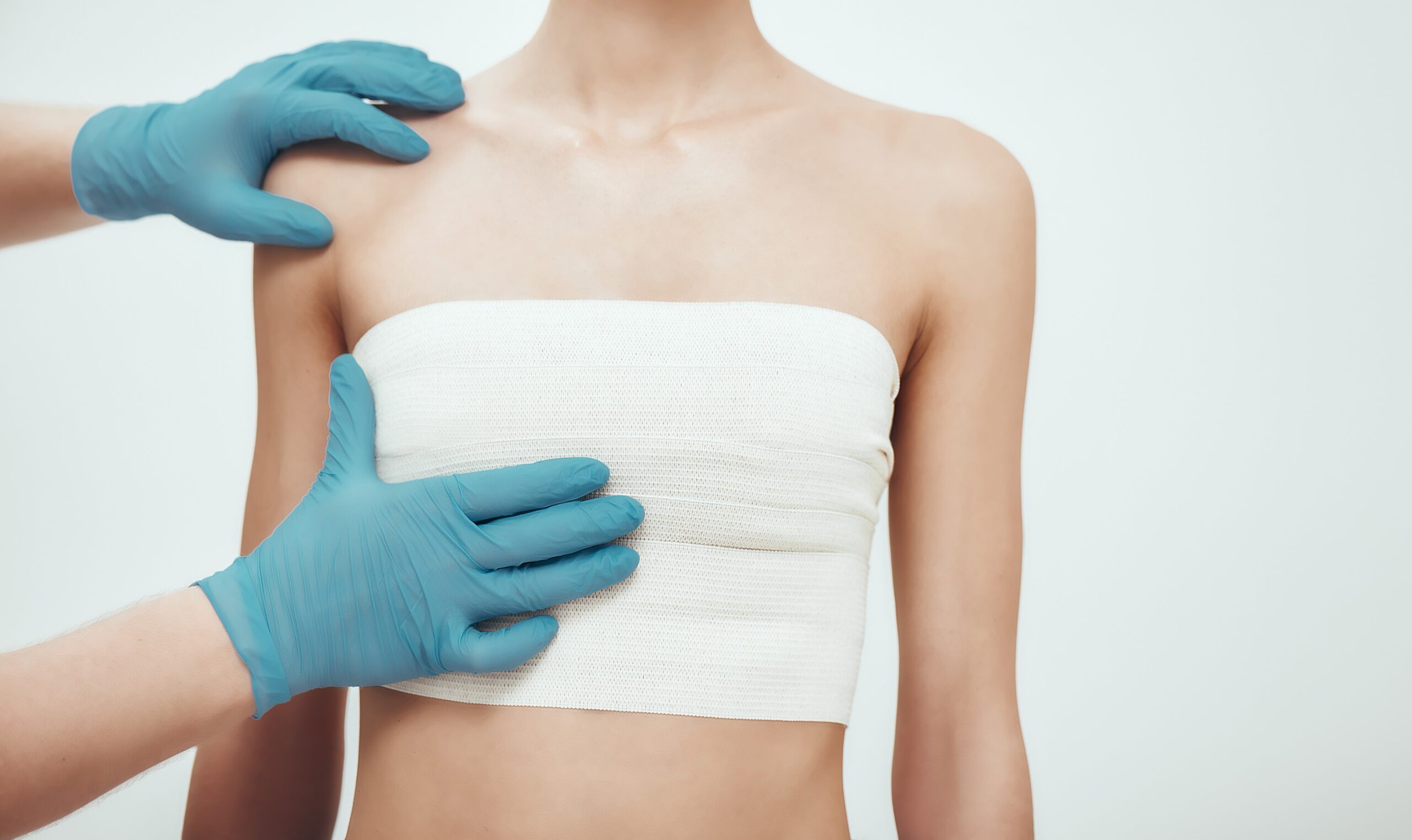Postoperative Care and Rehabilitation
Following breast reduction surgery, a carefully planned postoperative care and rehabilitation protocol is essential for a smooth recovery and optimal outcomes. This typically involves:
- Immediate Postoperative Care: Initially, patients will experience swelling, bruising, and discomfort around the incision sites. Pain medication can help manage these symptoms. Most surgeons will apply dressings or bandages and may also fit you with a support bra or garment to minimise swelling and support the breasts as they heal.
- Drainage Tubes: If drainage tubes were placed during surgery, they are usually removed within a few days post-surgery during a follow-up appointment.
- Activity Restrictions: Patients are advised to avoid heavy lifting and strenuous activities for at least 4-6 weeks. Walking and mild stretching are encouraged to promote circulation and prevent blood clots.
- Follow-up Appointments: Regular appointments with the surgeon are necessary to monitor the healing process. During these visits, the surgeon will check the incision sites, remove sutures if needed, and address any concerns.
- Wound Care: Instructions on caring for the incision sites and any signs of infection to watch for will be provided. Keeping the area clean and dry is paramount.
- Support Garments: Wearing a support bra 24/7 is recommended for several weeks post-surgery to reduce swelling and support the new breast shape during healing.
- Managing Scars: Scars are a normal outcome of breast reduction surgery. Patients will be advised on caring for their scars, including using silicone sheets or scar creams to minimise their appearance over time.
- Physical Therapy: Some patients might benefit from physical therapy to improve posture and shoulder mobility, especially if they have experienced long-term discomfort before surgery.


